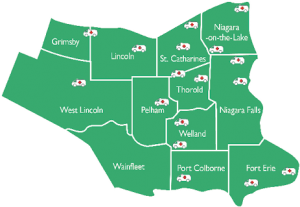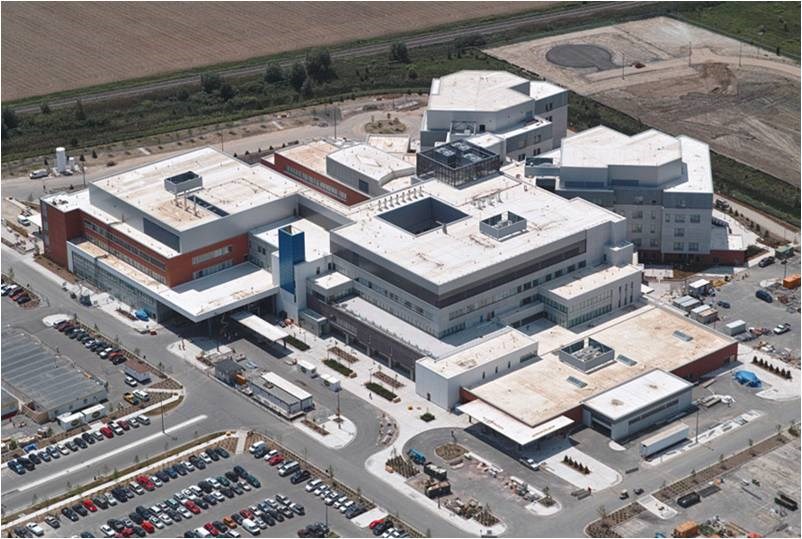Union asserts that public safety being put at risk
It’s a tragedy waiting to happen.
That’s the view of Local 911 of the Canadian Union of Public Employees (CUPE 911), which asserts that the Niagara Region Emergency Medical Service (EMS) is putting public safety at risk by not adequately staffing and resourcing paramedic services in its service area.
The union is also calling attention to high rates of burnout among paramedics and dispatchers.
Jon Brunarski, president of CUPE 911 and himself an active paramedic, said in a press release that these problems have been in existence for years now.
“These shortfalls rob us of the required capacity to respond to 911 calls in time, and has severe consequences for patient care,” he said, noting a trend of higher call volumes which worsened during the pandemic.
“Patients who call 911 frequently have to wait for long durations to have us show up at their doorstep, because there are no ambulances available,” Brunarski said.
“The government must hire more full-time paramedics, more full-time dispatchers, and increase the number of ambulances on the road.”

Brunarski points to off-load delays at hospitals as a key contributing factor to a decline in ambulance availability, and noted that in the last seven months, nearly 350 patients in Niagara were left stranded for hours due to off-load delays, with 63 spending more than six hours on EMS stretchers. He said that Niagara Health’s St. Catharines hospital site has ranked last among 74 Ontario hospitals for average off-load times in the last 11 months, based on data from Ontario Health.
According to CUPE 911, Ontario’s lack of hospital capacity is the primary reason for off-load delays, since the province has the least number of hospital beds per capita across Canada, due to cost-cutting over the past three decades. Ontario has 2.2 hospital beds per 1000 people, versus the national average of 3.2. Paramedics are routinely missing meal breaks and working overtime to provide emergency care, said Brunarski, and have experienced an increase in sick-time usage in excess of 30 percent this year.
The Region’s policy of putting unvaccinated employees, including front-line workers like paramedics, on unpaid leave “only adds to workload pressures for the rest of us,” said Brunarski, who noted that the vast majority of paramedics in Niagara are vaccinated.
Leila Paugh has been a paramedic for 21 years in Niagara Region, primarily in Fort Erie and Niagara Falls, and serves on the CUPE 911 executive. She corroborates Brunarski’s litany of issues.
“Call volume has gone up exponentially,” Paugh told the Voice. “We haven't hired full-time paramedics. We don't have any extra ambulances on the road to compensate for the call volume, and people are getting burnt-out and at a ridiculous rate.”
People are getting burnt-out and at a ridiculous rate
Although the design of the shift rotations causes some problems for paramedics, she said the main concerns are call volume and lack of resources.
“On a recent night shift in Niagara Falls, my partner and I handled 13 calls in one 12-hour shift,” said Paugh. “We usually average about seven or eight calls per shift.”
Paugh acknowledged the issue of off-loads at hospitals taking up valuable time, when paramedics should be focusing on emergency care.
“There's simply no downtime. Some people are waiting hours for an ambulance, when standard response time is supposed to be 20 minutes. If someone is having a medical emergency, getting an ambulance to them quickly is literally a matter of life and death.”
The Canadian Union of Public Employees Local 911 represents approximately 400 staff employed by Niagara EMS, including paramedics, dispatchers, and two occupational therapists.



